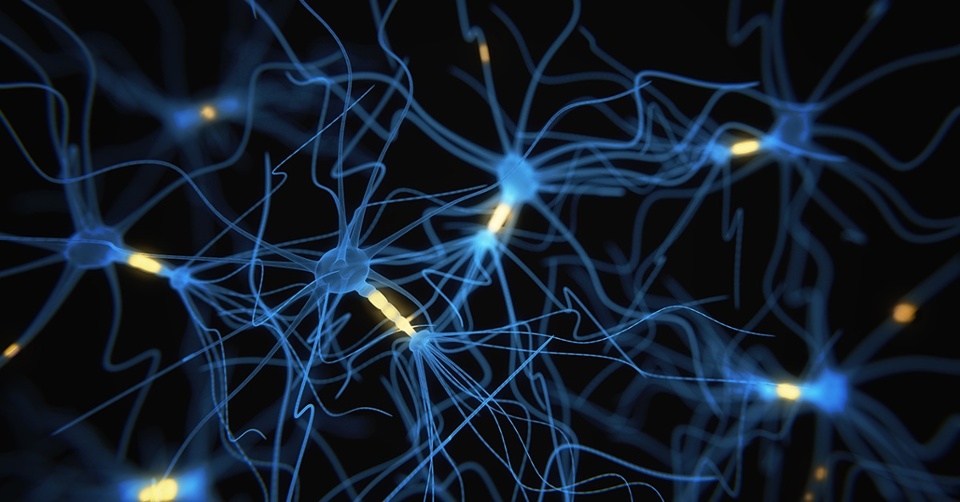contact
Yulvonnda Brown
Administrative Coordinator
For Patient Information and Referrals:
410-706-7961
Brotman Facial Pain Clinic

Patient Information: 410-706-7961
The Brotman Clinic mission is three-fold: 1) To provide the diagnosis and state of the art compassionate and customized care through a multidisciplinary approach, supported by evidence based treatment modalities, to enhance the quality of life of individuals suffering from orofacial pain disorders; 2) To advance our understanding of orofacial pain through scientific study, thereby leading to improved evidence-based treatment approaches; 3) To educate a new generation of dental practitioners in the prevention, diagnosis and management of these disorders.
Orofacial and Head Pain
Orofacial pain disorders are prevalent and debilitating conditions that involve craniofacial musculature, the temporomandibular joint (TMJ), and associated structures. The orofacial region is complex and pain can arise from many sources and etiologies and occasionally resemble chronic toothaches. Temporomandibular disorders (TMD) are the 2nd most prevalent orofacial pain conditions (after dental pains) for which patients seek treatment. TMD include several clinical problems that involve the cervical musculature, the masticatory musculature and the TMJ. Another type of orofacial pain condition, trigeminal neuropathic pain, can be idiopathic or arise from nerve injury secondary to dental procedures, neoplasias, disease, or physiological dysfunction of the nervous system. Neurovascular disorders, such as primary headaches, can be present as orofacial pains too, such as in the case of facial migraine, where the pain can be felt as a ‘headache’ and be localized in teeth and/or in the maxilla or mandible. These disorders present a diagnostic and therapeutic challenge for the majority of clinicians and uncertainty and distress for the sufferer. Pain felt in the head and face tends to engage our brain’s emotional centers more so than pain felt in other parts of the body, therefore multidisciplinary management should include approaches to decrease the pain itself, but also to address the emotional impact of the patient’s experience.
